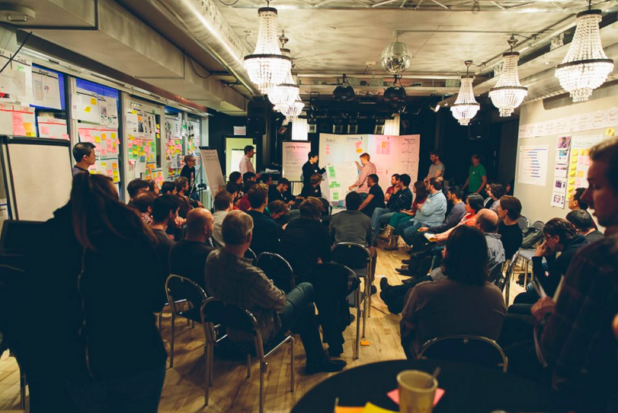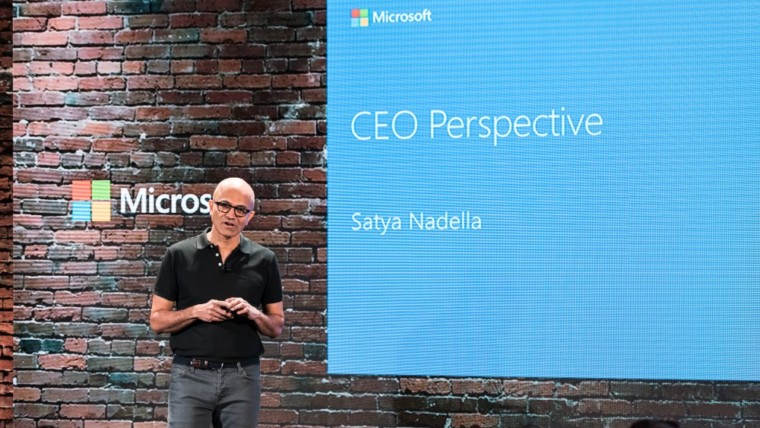
At the end of every project, your team should get together to look back on what worked, what didn’t, and make decisions about what to do differently in the future. But how do you manage this process when the team that worked on the project is very large, say, more than 100 people?
Spotify’s Henrik Kniberg and Andy Park have developed a system that works dozens of colleagues across multiple locations:
- Draft a group of facilitators. Spotify staffs a handful of agile coaches that support their teams. Few organizations have agile coaches on-hand, so grab a few people (anyone who tends to find process interesting, and yes these people do exist) and form a work/study group to brush up on your knowledge and hone new skills.
- Create a list of topics for reflection. Spotify calls these ‘themes,’ essentially create five to seven topics that reflect different aspects of what the team might focus on during a Retrospective. Examples: project management, roles, deliverables, handoffs, quality, communication, etc.
- Divide and conquer. For each topic, field team members from the project who have particular insight into that topic, pair the team with a facilitator, and conduct a Process Retrospective. As you repeat this for each topic, try not to double up too much on the same team members. The goal is to get a wide cross section of the overall project team.
- Gather and synthesize what you heard. Bring your group of facilitators back together and compare the feedback from each Retrospective. Look for patterns and build on suggestions for better ways of working.
- Spread the word. Use any opportunity, like a town hall for example, to share back what was learned across each Retrospective. Make sure the overall learnings get used in subsequent projects so that teams rarely repeat the same mistakes.
- Retro the retro. Ask for feedback along the way and capture your own learnings for future Retrospectives.
Published January 24, 2016








The Evolutionary Edge
Every Link Ever from Our Newsletter
Why Self-Organizing is So Hard
Welcome to the Era of the Empowered Employee
The Power of “What If?” and “Why Not?”
An Adaptive Approach to the Strategic Planning Process
Why Culture/Market Fit Is More Important than Product/Market Fit
Group Decision Making Model: How to Make Better Decisions as a Team